An eight-person jury in West Palm Beach, Florida, found Chiquita Brands International, which produces and distributes a variety of fruits and previously operated as the United Fruit Company, liable for the funding and support of right-wing paramilitary groups within Colombia on Monday.
Years of Payments:
The organization the company funded was identified as the United Self-defense Forces of Colombia (AUC), Colombia’s premier right-wing paramilitary group, which in itself was the result of a merger of a number of the nation’s right-wing paramilitaries and was responsible for a number of human rights violations. The AUC would be active within Colombia until 2003, when the Colombian government negotiated a ceasefire with the organization, which led to the group’s eventual disarmament and disbandment. Despite this peace deal and a large number of AUC members laying down their arms, a significant portion of the organization would ultimately oppose the ceasefire. Those who stayed would form a new organization known as Clan del Golfo, maintaining a number of key criminal operations, including the production and trafficking of narcotics in northern Colombia alongside the coast of the nation.
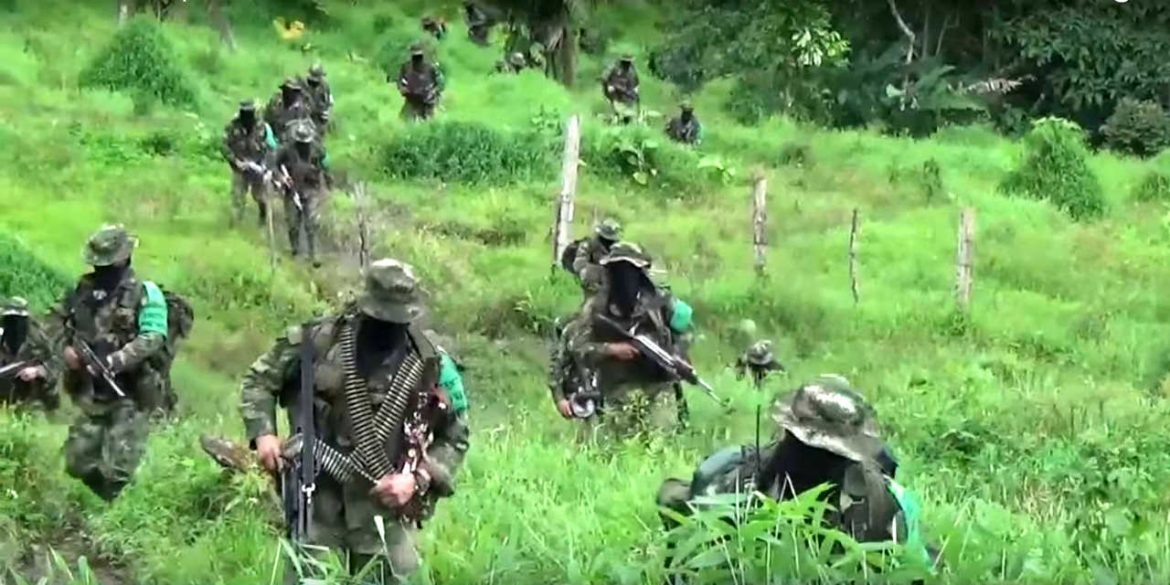
The trial included testimonies from the families of nine victims of the AUC, along with personnel from the Colombian military and Chiquita executives. The case was partially built upon a previous ruling with the United States wherein the company admitted to paying the AUC $1.7 million to the organization despite the group having been designated as terrorists in 2001. This admission led to the company being ordered to pay $25 million to the government, leading to criticisms for the relative lax consequences of funding terrorism internationally.
In a separate case, Chiquita paid families of victims of the Revolutionary Armed Forces of Colombia (FARC), an armed leftist group that still has active factions today, after it was revealed the company also paid this armed group.
During the time of these payments, Chiquita had bought a large amount of land and expanded its operations within Colombia in what plaintiffs claimed was “an unholy alliance” between the company and the AUC. Chiquita, on the other hand, argued that the company was “clearly extorted” by armed groups, with the AUC and FARC demanding payments in exchange for the armed groups to not interfere with the company’s operations in Colombia. Further payments for protection were revealed to have been made to another left-wing rebel group known as the National Liberation Army (ELN).
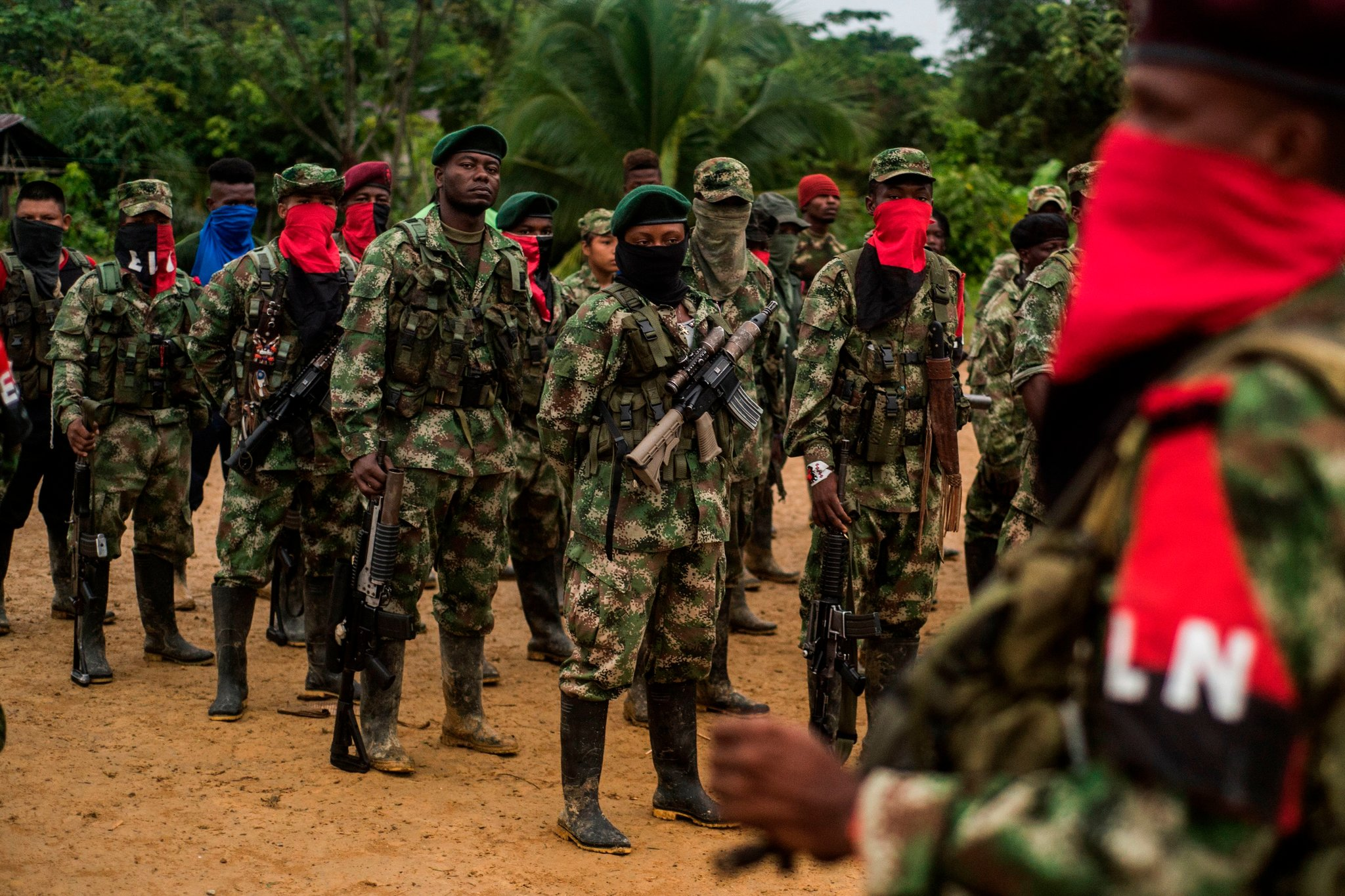
Jurors found that Chiquita had “failed to act as a reasonable businessperson” and that the company “knowingly provided substantial assistance to the AUC,” which in turn created “a foreseeable risk of harm to others,” further stating that Chiquita failed to demonstrate that the AUC had actually extorted them in the case.
One figure in the case revealed ten years of documents showcasing payment information to paramilitaries obtained from Chiquita’s internal records, tracing a number of the payments to self-defense groups known as “Convivir,” likely a legal front for the AUC to launder their newly acquired funds. The figure, identified only as “Evans,” noted that within the evidence he presented, there were documented payments to such groups in 1995, two years prior to Chiquita’s publicly known payments to paramilitary groups. Other payments were recorded within the documents, with one such payment being sent to a company owned by a commander of the AUC, Darío Laíno Scopetta, who is currently imprisoned for financing paramilitaries.
The case has uncovered significant evidence against Chiquita, and the release of documents regarding the company’s earlier payments has cast doubt on the company’s claims both in regards to payment history and the purpose of such payments. Some have suggested that Chiquita paid the AUC and other armed groups in order to prevent their workforce from forming unions, while others suggest the company used these armed groups in order to target their opposition and expand their enterprise. None of these claims have been substantiated.
The AUC and Clan del Golfo:
The United Self-Defense Forces of Colombia (AUC) was a right-wing paramilitary group which was active from 1997 to 2006 and was the result of a merger of a number of other right-wing paramilitary groups, the most notable being the Peasant Self-Defense Forces of Cordoba and Uraba (ACCU).
The ACCU was founded by the Castano brothers following the capture and subsequent killing of their father, a prominent landowner and supporter of right-wing factions active within Colombia, by the FARC.
The ACCU would eventually merge with other right-wing paramilitary groups into the AUC, led by Carlos Castano who trained in Israel in anti-guerilla operations.
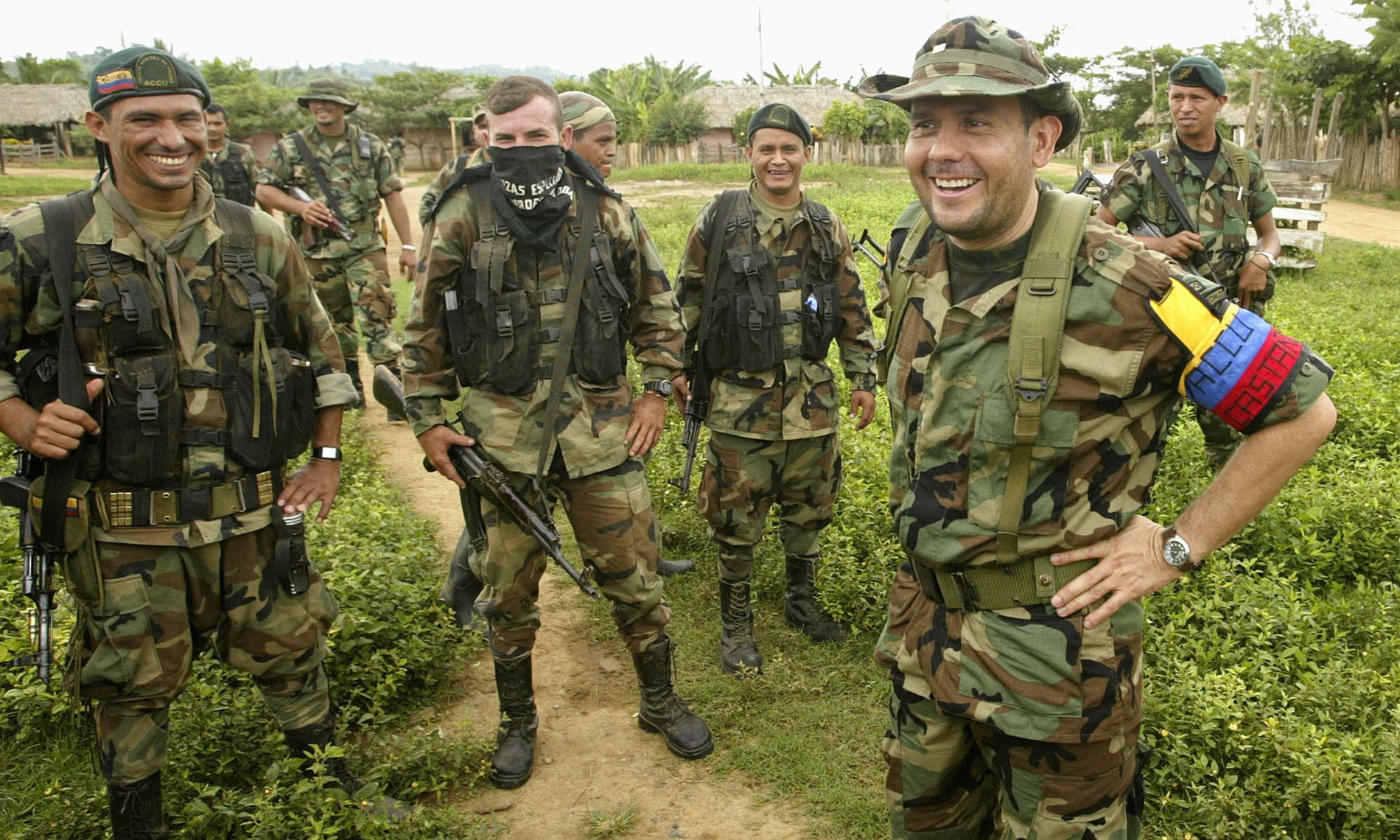
Following the merger, the AUC became the premier right-wing paramilitary group and would go on to effectively maintain control of Northern Colombia, keeping both rival paramilitary groups and communist guerillas like the FARC out of the region.
In 2003, the AUC would begin the process of disarming and disbanding through a government deal. The deal was controversial at the time, as disarmed members were allowed to keep their illegally won assets as well as evade prison time on lucrative private farms.
The group would fully disband by 2006, leaving dozens of successor groups in their wake, one of whom was Clan del Golfo, led by one of the Castano brothers, Vincente.
Clan del Golfo would inherit large portions of land in northern Colombia, a key region of the AUC. The group would continue many of the AUC’s methods to raise funds, including extortion, kidnapping for ransom, and, most importantly, producing and trafficking cocaine.
Clan del Golfo controls a vital smuggling route into the United States. With their control of northern and western Colombia alongside its coast line, the group can easily smuggle cocaine and other contraband through the Caribbean directly into the US or into eastern Mexico for the various cartels to smuggle across the southern border.
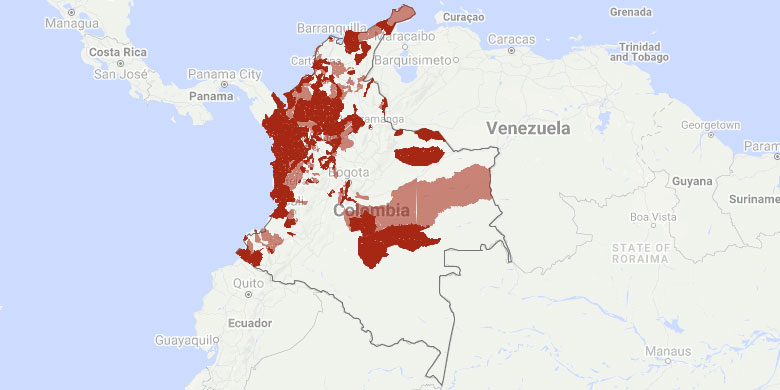
In recent days, Clan del Golfo has been hit with some blows following the arrest of their leader, Dairo Antonio Usuga David, also known as “Otoniel,” in October 2021. Following the arrest of Otoniel, Chiquito Malo, a key lieutenant in the organization, would take over the reigns of Clan del Golfo. Colombian authorities have maintained the operation that saw the arrest of Otoniel in order to bring down Clan del Golfo.
FARC:
The FARC, otherwise known as the Revolutionary Armed Forces of Colombia, were originally leftist guerillas dedicated to bringing class revolution to Colombia during a period in the nation’s history known as “La Violencia,” otherwise known as the Violence. This period followed the assassination of the Liberal Party’s leader and presidential frontrunner, Jorge Eliecer Gaitan, in 1948, an assassination that would throw Colombia into chaos.
After his death, leftists in Bogota began what is known as the Bogotazo, a massive riot that quickly expanded across Colombia, leading to La Violencia. A number of right-wing paramilitary organizations and leftist guerilla groups would be formed during this period of Colombian history.
One of the most well-known was the Revolutionary Armed Forces of Colombia, or FARC. The group would find its formation after a failed attack in 1964 by the Colombian military on what was known as a self-defense community, one of a number of communist-held areas in rural Colombia. Despite the communists only having 48 active fighters opposed to the 16,000 Colombian soldiers, the group would survive the attack and escape to the nearby mountains where the FARC would be formed.
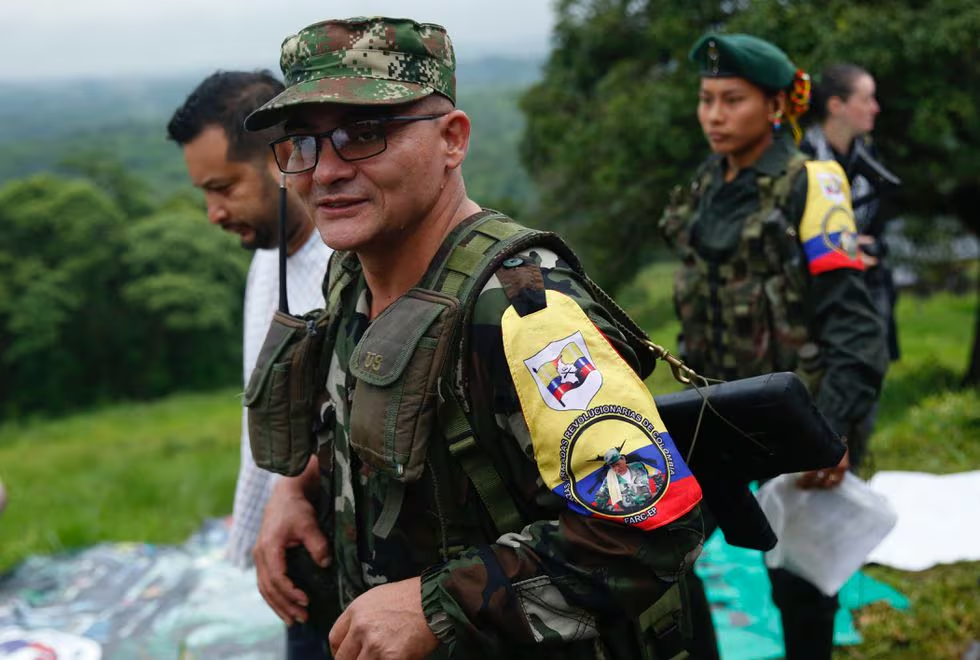
Since then, the FARC has operated as rebels, launching guerilla attacks on military convoys and strategic targets. Despite originally being made up of only 48 fighters, the group’s ranks would swell to the hundreds in later years. For much of its early history, the FARC would be limited to small-scale guerrilla encounters with government forces, but after what has been coined the “Coca Boom,” a period in which the production of cocaine skyrocketed, the group found itself with more funds to allocate to their operations.
The FARC would expand their operations into urban Colombia following the Seventh Guerilla Conference in 1982, largely due to their increase in funds. The group would also begin to send promising troops to the USSR and Vietnam for advanced training.
The FARC would eventually agree to a momentous ceasefire with the government in 2016, which would see the bulk of the FARC disarmed and disbanded. Despite the ceasefire, however, a number of members of the FARC continued their operations against the government and the people of Colombia. These groups would label themselves as “fronts,” a leftover from the group’s original structure, with two factions emerging.
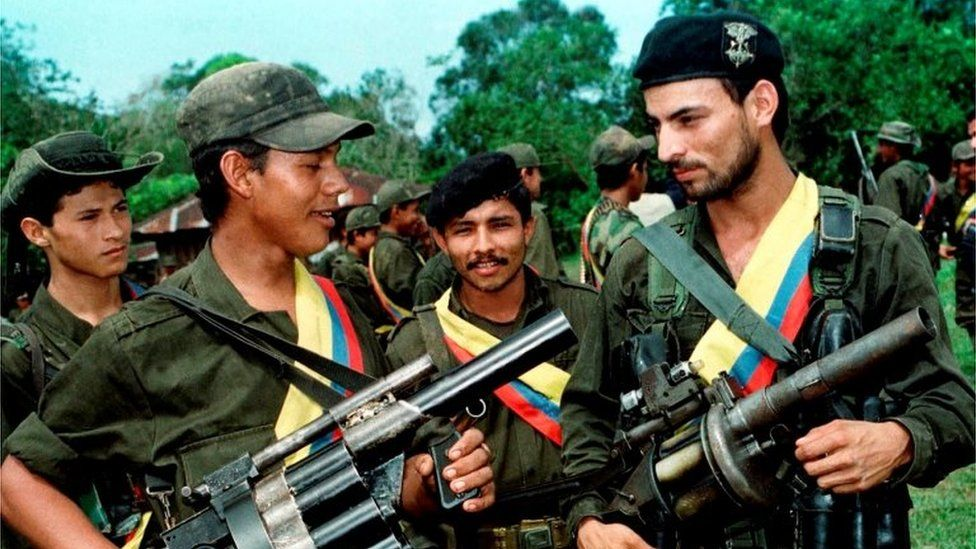
The first, the FARC-EMC, would be founded by Gentil Duarte, who was sent back to Colombia amid the peace conference in Cuba due to Ivan Mordisco separating himself and his soldiers from the peace process. The two would send out messengers to a number of commanders of the FARC’s other fronts, seeking to unite them into one body and continue the organization’s armed struggle against the government. This would succeed, and in 2017, Duarte and Mordisco would announce the birth of the FARC-EMC.
Their main rival would prove to be the Second Marquetalia, which was formed by a number of former FARC commanders, many of whom previously accepted the ceasefire but would rearm in 2019. The group’s main territory encompasses the Venezuelan-Colombian border, where the FARC has historically enjoyed a great deal of protection from authorities in Venezuela. The Second Marquetalia would even come into conflict with another dissident faction of the FARC. This faction, known as the 10th Front, had refused to support the leaders of the Second Marquetalia, who had attempted to pull rank on the dissidents in Venezuela following their rearmament. Following the refusal, the 10th Front would face direct action by Venezuela’s military, in what Insight Crime reports was an attempt to grant further power to the Second Marquetalia.
Currently, the FARC-EMC is engaged in a bitter war with the Colombian government following the dissolution of a previously agreed upon ceasefire between the two. The dissolution followed an attack against an indigenous community which left two community members wounded and another dead, a clear violation of the ceasefire. Since then, numerous battles between the two have been reported across Colombia, notably Cauca and Valle del Cauca, two departments within Colombia with a heavy FARC-EMC presence.
The future of the FARC-EMC remains to be seen, some suggest that the government will return to peace talks with the armed group, citing President Gustavo Petro’s “total peace” plan. However, these hopes have seemingly been dashed following comments by Defense Minister, Ivan Velasquez, wherein the official promised that a ceasefire would not be in Colombia’s future.
“No matter how much pressure these illegal organizations try to exert, we will not back down from the decision to suspend the ceasefire. Offensive operations by the Public Force will continue,” Velasquez said in a statement.
Irregardless of Colombia’s future dealings with the FARC-EMC, the group is certain to remain a key issue for the nation.

